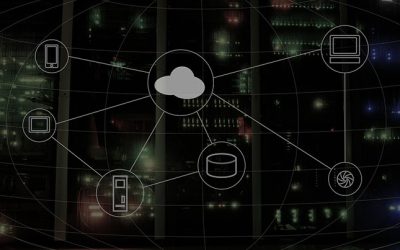Let’s face it, everything in life requires a little upkeep. When you go to a dealership to purchase a new car, you know that your payment right then is not going to be the last chunk of money you’ll be putting into that new vehicle. There’s maintenance required to keep your car in working order. That same understanding can, and should, be applied to your business’ CPQ software solutions.
Whenever you purchase a new software license for your business, you know the implementation of the service is just the beginning of the journey. You will have to spend time, money, and effort to continually monitor, adjust, and repair the software. A recent Gartner report found that these maintenance costs can vastly outweigh the initial implementation costs.
From the outset, the maintenance of your CPQ software solution can really seem like a burden. However, there is value to be found in properly and regularly maintaining your software. It just requires an understanding on your part as to where this value lies to ensure the long-term success of your CPQ solution.
Implementation
A CPQ software solution is a powerful tool. It allows you to gauge a wide spectrum of parameters in order to accurately price your goods or services, ultimately helping you boost your sales. As your business grows, however, CPQ software can become a complex beast that demands constant tweaking in order to keep critical information current.
It doesn’t have to be difficult, though. You can be more readily able to grow with this scalability if you pay special attention to the implementation of your solution. The quality of your implementation will be the foundation of your software and is an integral step in determining the difficulty and level of maintenance required to keep your software up to speed.
Future business users
Once you have successfully implemented your software solution, the real fun begins. CPQ software, like other software solutions, is a constantly changing ecosystem of workflow patterns, software platforms, compilers, and hardware upgrades, and being able to adapt to these changes will be the true test of the success of the software.
Fortunately, you will have some help in identifying when and where a change needs to take place. Your business users can and will find areas that need attention or improvement. Based on our long history of helping customers maintain their CPQ solutions, a single business user will, on average, be the origin of eight support tickets per year. This feedback from your users is a great opportunity to locate bugs in your system and can also be the seed of changes in the future. Being able to react to these changes with a sense of urgency, while maintaining a stable system, will be the cornerstone to keeping both present and future users happy, which leads to the final reason for paying attention to maintenance costs.
ROI
The proper maintenance and upkeep of your CPQ solution isn’t just a cost of doing business. Identifying and executing fixes and upgrades within your system can actually have a positive impact on your business’ bottom line.
So, you have your shiny, new CPQ software and everyone is excited about using it. You have implemented the software, so you kick back and let the solution do its thing with little or no attention to the upkeep of the system. As time goes on and the business environment changes, bugs and errors begin to arise for your users. Without a proper maintenance process in place, these issues begin slowing down the end user’s workflow and they become frustrated with the solution. Fed up, the users stop using your software and revert back to spreadsheets to manage their pricing needs.
Now you have invested time and money into a system that doesn’t work and no one wants to use. As you can see, injecting some resources into maintenance and management of your CPQ software can help you bolster your business’ initial ROI.
With all of the other responsibilities that you have on your plate, it can be easy to gloss over the importance of software maintenance. But at the end of the day, software is meant to help business users be more effective at their jobs, and the key to that is making sure they have a solid starting place once the implementation is done. Additionally, being able to ebb and flow with incoming feedback and changes and being able to minimize the effects of bugs and defects is critical to running a smooth system for your business. This is what will keep them coming back for more.














0 Comments